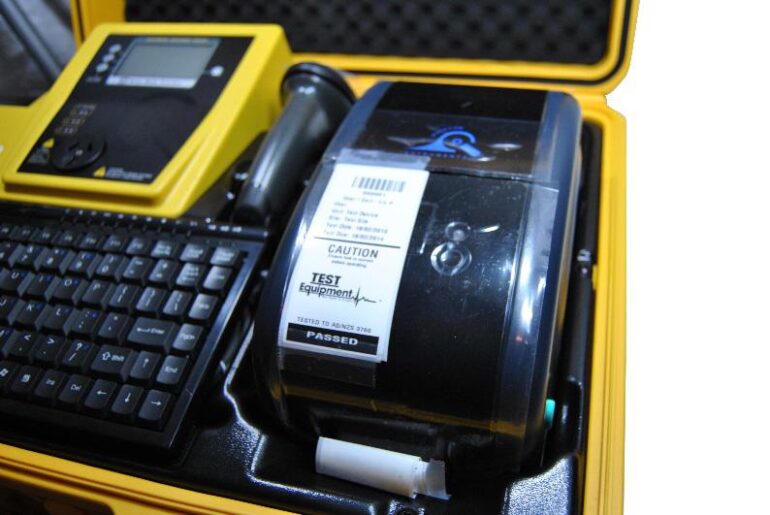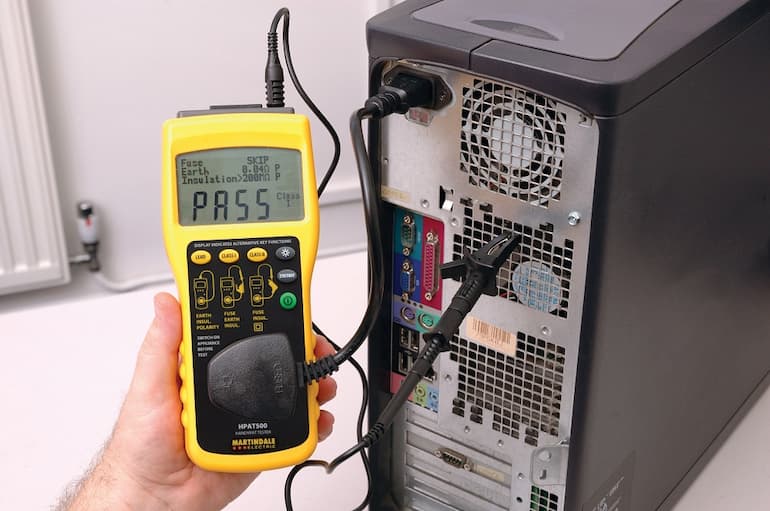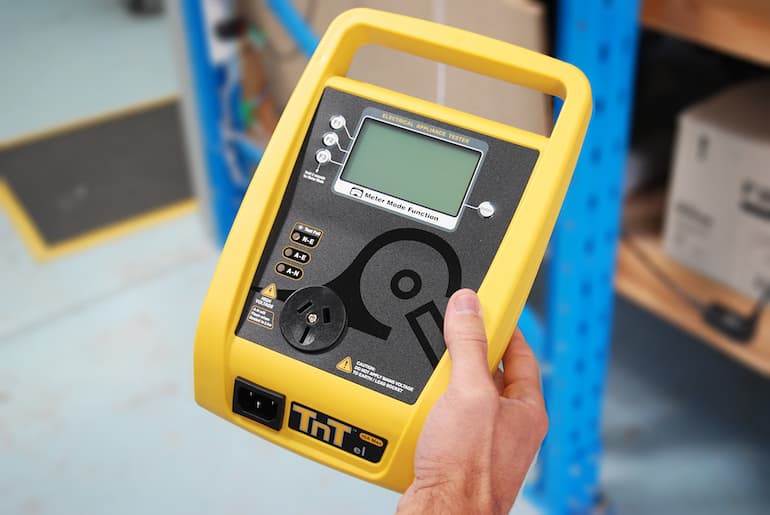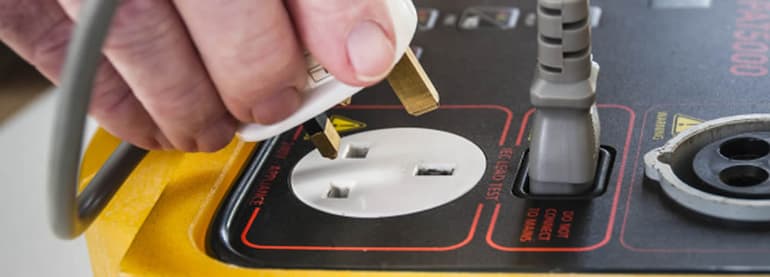
It’s no coincidence that Australia’s commitment to improving working environments and reducing occupational injuries has resulted in workplaces becoming safer, more efficient, and more productive than they’ve ever been.
The need for safeguarding workers isn’t limited to just ergonomic, eye and face, and respiratory protection, though, and this is especially true anywhere that electric-powered tools or equipment are in use.
Make no mistake: in spite of its ubiquitous nature, electricity is hazardous. Routine preventive and operational maintenance aside; it only takes a single incident involving a poorly grounded, faultily insulated, or simply worn out piece of electrical equipment to cause either a traumatic personal injury or precipitate a secondary event that can have catastrophic consequences.
The risks are too high for not implementing a procedure that periodically tests, validates, and ultimately safeguards against electrical-related problems; so let’s talk about the type of equipment that’s designed to do just that.
Testing for Safety
Although businesses and individuals are likely to equate electrical safety testing with operational testing, they’re vastly different activities. Far from simply determining whether a piece of equipment is capable of performing its job, portable appliance test and tag equipment (PAT) is utilized to fully evaluate a device’s in-service safety, adequacy, and integrity. In fact, PAT testing equipment is integral to the methodology prescribed by Australian Standard AS/NZS 3760 for the physical and technical inspection of electrical items: the testing procedure that ensures devices are functioning within their manufacturer’s electrical guidelines, and its subsequent tagging after passing safety testing.

Portable Appliance Testers
In spite of their wide-ranging functionality, PAT testers are designed to provide quick, convenient PASS / FAIL readings whenever a test is conducted. It’s the kind of ease-of-use engineering that’s beneficial for both small and large businesses that:
- Have massive quantities of equipment and devices that need testing;
- Can’t afford to take equipment out of service for long to perform overly-complicated inspections; and,
- Don’t have a staff of licensed electricians on-hand to perform the testing.
A PAT tester can be operated by any individual who’s passed a PAT training course. It’s simplicity at its best; which is why for rapid, fully AS/NZS 3760 compliant PAT testing of Class I, and Class II devices, there are handheld testers with one-button testing and display features that are available to test for:
- Earth leakage,
- Lead polarity, and,
- Insulation resistance.
Where more advanced levels of testing are required, however, there are complete, premium-level PAT systems for Class I, Class II, and 3-Phase devices that are all-in-one testing and asset management solutions. These are transit case enclosed, IP67-rated units that are integrated with their own thermal transfer printers for producing real-time tags as well as barcodes for any tests they perform. They can also store, generate, or transfer via Bluetooth the reportable results of up to 20,000 individual tests.

These testing systems not only conduct the standard line of PAT tests, but can also execute an expanded range of tests for:
- RCD (residual current devices);
- 25A Earth bond; and,
- 1,000V insulation.
In short, it’s possible to purchase testing and tagging equipment, and with the point of sale (POS) training, immediately put it to use. Wherever there’s a need for assurance about the safe operation of electrical devices, these testers are capable of producing a thorough trail of testing accountability.
Testers and Portability
Regardless of whether it’s a handheld or a fully enclosed unit, PAT testers are powered by long-lasting Lithium-Ion batteries that can perform up to 3,000 tests on a single charge, and are completely portable. Confusion does arise occasionally about whether they’re intended strictly for testing portable tools and devices.
PAT tag and test equipment is designed to be used with any Class or Category of electrical device that can be plugged into an electrical socket or stationary power source, including:
- Moveable, portable, handheld or easily transportable devices;
- Fixed or stationary equipment and appliances; and,
- All types of IT and computer equipment.
It means that regardless of the type of electrical equipment or devices a business has, whether they’re innately portable or not, they can be tested and verified as safe.

PAT Test Schedules
Aside from the equipment, tools and devices used in the construction, demolition, and mining industries, performing regularly scheduled PAT tests isn’t a legal requirement. Ultimately, these are industries where equipment is routinely subjected to hard and prolonged use, and where even minor electrical faults can have devastating consequences.
AS/NZS 3760 does however stipulate that employers and even landlords are inherently responsible – and ultimately liable – for the serviceability of all of their electrical property. That’s also why businesses are actively encouraged to develop a regular schedule for testing and tagging all of their electrical devices.
And although the visual inspections of power cords, cables, and connectors for obvious signs of damage typically account for as much as 90% of the faults discovered during a PAT test, it’s the remaining 10% that require specialized testing equipment to identify.
As a guideline for what’s an ideal schedule to tag and test equipment against though, you’ll want to consider these basic factors:
- The environment the equipment is used in;
- How regularly it’s used;
- How aggressively it’s used;
- The age of the equipment; and,
- Whether any repairs or modifications have been made to it.
There’s no shortage of reasons in addition to these that could also be used as benchmarks for scheduling tests; but as a rule, whenever there’s a higher risk of exposure due to interaction, that’s when you’ll want to ramp up your testing schedule.

The Final Word
At the end of the day, it’s important to realize that a lot of the factors that have an impact on workplace safety can also have an immediate affect on public safety as well.
Regardless of whether it’s a drill an employee handles on a worksite, or a washing machine that’s been rented by a college student: wherever there’s a reasonable potential for an individual to be exposed to an electrical hazard, a regular inspection schedule utilizing PAT test and tag equipment is absolutely critical for safety.
Make electrical safety a priority today by putting in place the processes, and investing in the equipment, that’ll help you eliminate the risk.

